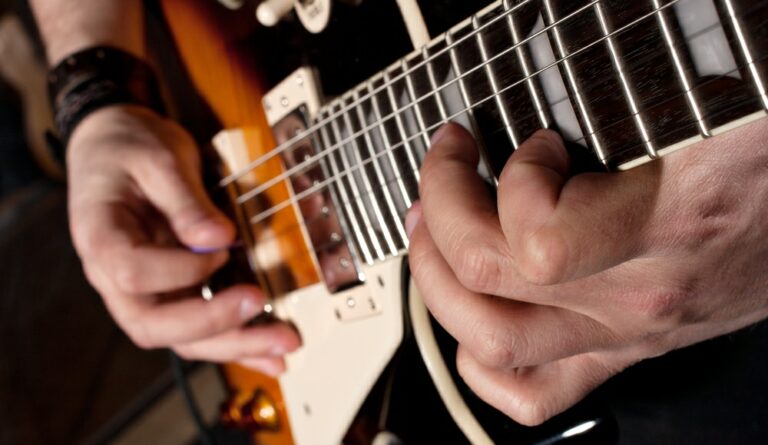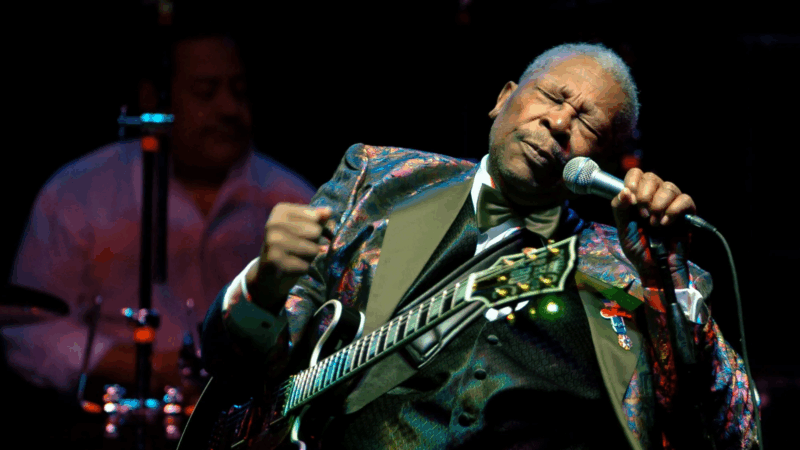Beginner’s Guide to Guitar Start Playing Today!
So, you’ve decided to learn the guitar? Brilliant choice. It’s a rewarding hobby and for the truly dedicated, even a profession. I’ve been playing since I was about 12, and some of my fondest memories are jamming in bands with friends. It’s been an incredible journey.
Welcome to the world of six-string creativity! Whether you’re inspired by your favourite bands, want to strum around the campfire, or dream of writing your own songs, this guide will help any beginner get off to the best possible start—no fluff, just real-world advice that works.
Getting Started with Guitar
Step 1: Choosing the Right Beginner Guitar
Acoustic vs Electric – Which Should You Start With?
Acoustic Guitars:
- Great for playing with friends or family.
- No need for extra gear.
- Can be slightly tougher on the fingers at first.
Acoustic guitars are a fantastic way to begin your journey. They’re portable, simple, and let you play anywhere. One important tip: invest in a decent-quality guitar. One of the main reasons beginners give up is because their cheap starter guitar is uncomfortable or difficult to play.
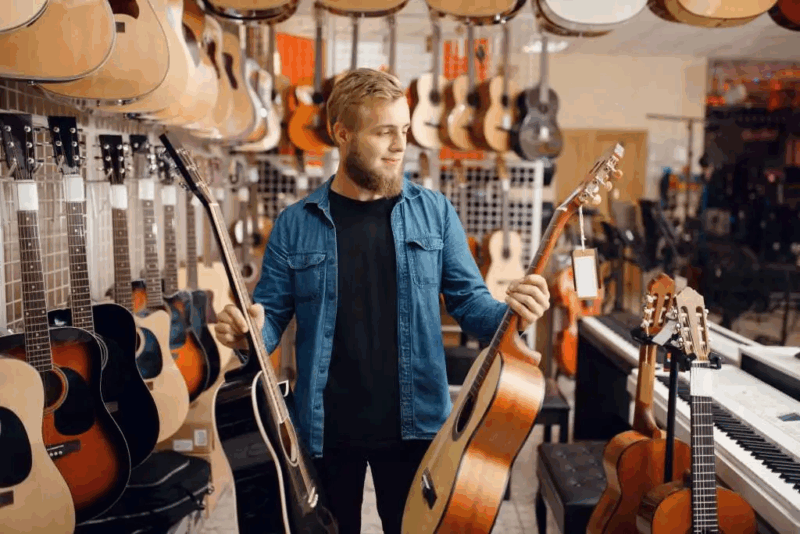
Poor-quality guitars often have high action (the distance between the strings and fretboard), making them hard on the fingers. That said, you don’t need to spend a fortune. Visit your local guitar shop, pick up a few models, and press the strings down as if you were playing. If it feels comfortable, that’s a good sign.
Try to go shopping with someone who already plays. They can help you choose wisely and ensure you’re getting proper advice.
Electric Guitars:
- Easier on the fingers due to lower string tension.
- Requires a small amp, cable, and tuner.
- Many starter packs available.
Electric guitars are also a great choice for beginners—especially if you’re into rock, metal, or progressive genres. The same advice applies here: take a friend who plays, test several guitars, and see what feels good in your hands.

Beware of very cheap models. Poor fretwork and sharp fret ends can actually cut your fingers. Make sure:
- The action is low enough for comfortable playing.
- The guitar stays in tune.
- The pickups sound clear across all strings.
If you find a guitar that looks and feels right, ask about getting a professional setup (more on that below). A proper setup can make a big difference.
👉 Related: Best Acoustic Guitars for Beginners – 2025 Guide
What to Look for When Buying a Guitar.
- Feels comfortable to hold and play.
- Strings are easy to press down.
- Not too big or heavy.
- Low action (string height).
🎸 Tip: Try out a few guitars in-store. If it feels great in your hands, you’re far more likely to stick with it.
It’s also totally fine to pick a guitar that just looks cool to you! If you love how it looks and it feels right, that connection helps keep you inspired.
Thanks to modern CNC manufacturing, many affordable guitars today are surprisingly well-made offering great value without the premium price tag.
Step 2: Why a Proper Guitar Setup Matters
What Is a Guitar Setup?
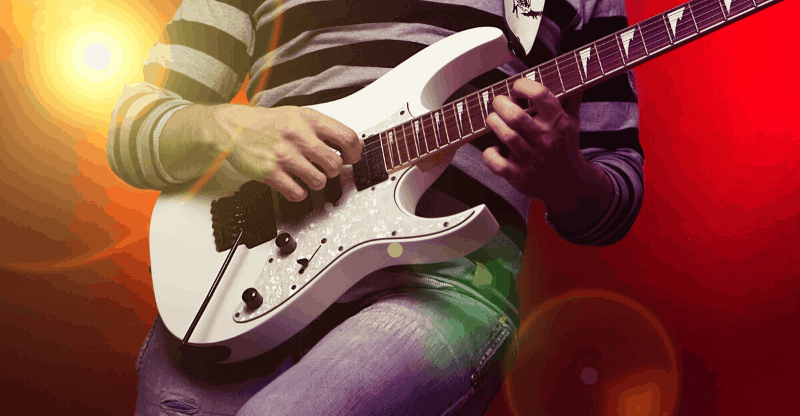
A professional guitar setup makes your instrument easier and more enjoyable to play. It includes:
- Adjusting the truss rod (for neck relief)
- Setting string height (action)
- Bridge and nut adjustments
- Correcting intonation
- Polishing frets and a general check-up
Signs Your Guitar Needs a Setup:
- Buzzing strings
- Hard to press the strings
- Out-of-tune notes despite tuning
- Sharp fret edges or uneven frets
Should You Pay for a Setup or DIY It?
For beginners, a professional setup is highly recommended. It typically costs £40–60 and can completely transform the feel and playability of your guitar.
That said, once you’re more confident, learning to do basic adjustments yourself is a good idea. Just make sure to use proper tools from your local music shop and follow trusted tutorials.
For example, I had my 1996 Gibson Les Paul (Ebony) and 1997 Fender Japanese Strat professionally set up, and the difference was night and day. Since then, I’ve maintained them myself and really enjoy looking after them.
A few handy items:
- Lemon oil (for ebony/rosewood fretboards—not maple).
- Guitar body cleaner.
- Microfibre cloth for regular maintenance.
👉 Related: Understanding Guitar Chords – Open vs Barre
Step 3: Learn These Basic Guitar Chords First
You only need a few chords to start playing hundreds—if not thousands—of songs:
- G Major
- C Major
- D Major
- E Minor
- A Minor
- A Major
- E Major
Practise switching between them smoothly and work on simple strumming patterns.
Common progressions to try:
- C – G – D
- A – D – E
These are used in countless rock and pop songs.
🎸 Tip: Make sure each string rings out clearly—this means your finger placement is correct and you’re not muting any adjacent strings.
👉 Related: Top 5 Easy Songs for Guitar Beginners
Step 4: Build a Practice Habit That Sticks
Practical Tips:
- Practise 15–30 minutes a few times a week.
- Focus on chord changes, rhythm, and strumming.
- Don’t worry about perfection—just enjoy the process.
Use Tech to Your Advantage
If you’re playing electric:
- Get a small amp with a headphone output or Bluetooth support.
- Practise anytime, even at night, without disturbing anyone.
Apps like JustinGuitar, Ultimate Guitar, and Chordify make learning easy and fun.
👉 Related: Electric Guitar Starter Packs That Rock
Step 5: Yes, Your Fingers Will Hurt – And That’s OK
Why It Happens:
Sore fingertips are completely normal. You’re building finger strength and developing calluses—it’s all part of becoming a guitarist.
Tips to Manage It:
- Take short breaks if your fingers ache.
- Apply hand cream after practice.
- Keep your fretting hand’s nails short.
- Know that within 2–3 weeks, it gets much easier.
👉 Related: Finger Pain and Calluses – What to Expect
Beginner Guitar Gear Checklist.
Here’s what you actually need to get started (no need to break the bank):
| Item | Why It Matters |
|---|---|
| ✅ Guitar (acoustic or electric) | Your main instrument |
| ✅ Tuner (clip-on or app) | Stay in tune easily |
| ✅ Picks (medium gauge) | Comfort and control |
| ✅ Strap | Useful for standing or long practice |
| ✅ Amp (for electric) | Even a small amp works well |
| ✅ Guitar setup | Makes the guitar easier and more enjoyable to play |
👉 Related: How to Tune a Guitar – Step-by-Step
Final Thoughts – From Beginner to Guitarist.
You don’t need to be perfect. You just need passion, consistency, and a little patience. Whether you dream of campfire sing-alongs or blazing solos on stage—your guitar journey starts now.
🎯 Play songs you love.
🎯 Practise regularly.
🎯 Push through the early soreness.
🎸 You’re not just learning chords, you’re becoming a guitarist.
The Author.
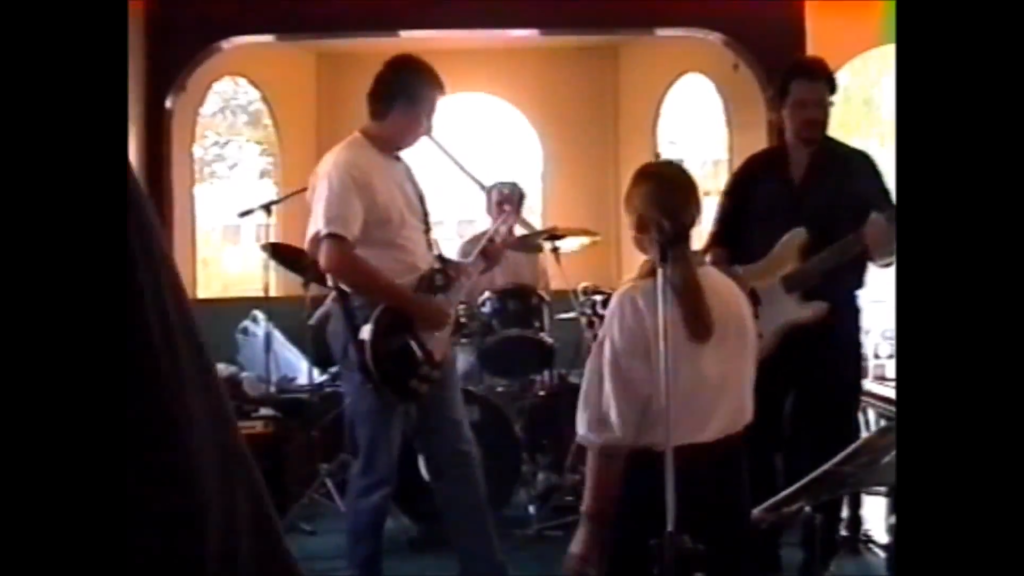
Brendon McAliece is a multi lingual expatriate Australian living in Thailand who speaks Thai, a number of its dialects and Lao. He has been playing guitar since he was 12 and continues to do so to this day.
He has performing in bands across the Middle East while contracting as a Aircraft Weapons Instructor with his 10 years of RAAF Armament Fitter experience and his maintained his love for playing guitar it continues to thrive today.
Also Visit:
DreamingGuitar.com – DreamingCoffee.com – LetsFlyVFR.com
Explore More from the Dreaming Network
As an Amazon affiliate I may earn on qualifying sales.
